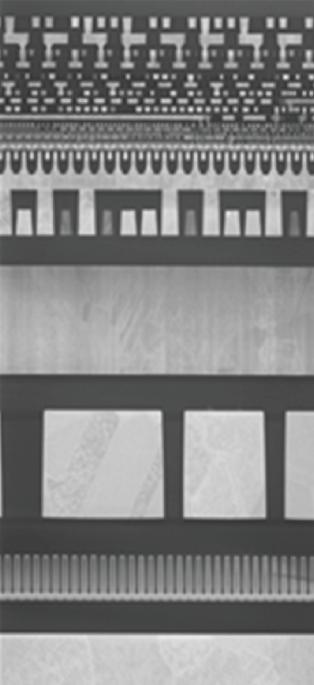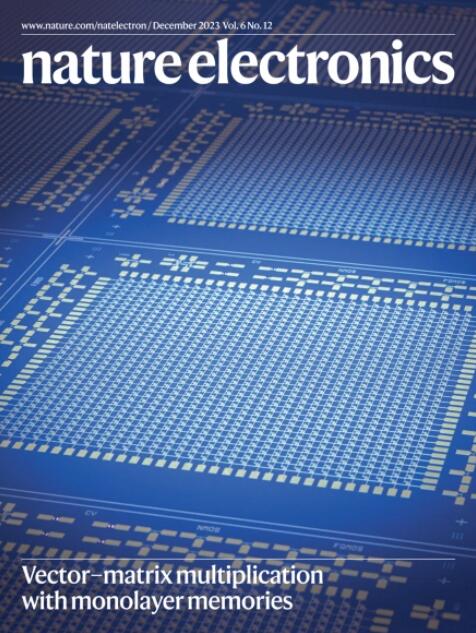带状晶体管
IF 40.9
1区 工程技术
Q1 ENGINEERING, ELECTRICAL & ELECTRONIC
引用次数: 0
摘要
研究人员位于美国俄勒冈州的英特尔铸造厂,他们开发了用于高性能应用的180纳米单元高度库和用于低功耗应用的160纳米单元高度库。通过集成Backside PowerVia(英特尔的背面供电技术)和优化晶体管正面,降低了接触电阻和器件电容。采用极紫外直接印花图案,减少掩模总数。Fischer和他的同事们表明,Intel 18A的性能比之前基于翅片场效应晶体管Intel 3的技术更好,在0.75 V的等功率下,频率提高了18%,功耗降低了38%(在1.1 V时分别降低了25%和36%)。该技术还在密度缩放方面提高了30%,高密度电池的位电池面积为0.021 mm2,大电流电池的位电池面积为0.023 mm2。本文章由计算机程序翻译,如有差异,请以英文原文为准。

Ribbon transistors that scale
求助全文
通过发布文献求助,成功后即可免费获取论文全文。
去求助
来源期刊

Nature Electronics
Engineering-Electrical and Electronic Engineering
CiteScore
47.50
自引率
2.30%
发文量
159
期刊介绍:
Nature Electronics is a comprehensive journal that publishes both fundamental and applied research in the field of electronics. It encompasses a wide range of topics, including the study of new phenomena and devices, the design and construction of electronic circuits, and the practical applications of electronics. In addition, the journal explores the commercial and industrial aspects of electronics research.
The primary focus of Nature Electronics is on the development of technology and its potential impact on society. The journal incorporates the contributions of scientists, engineers, and industry professionals, offering a platform for their research findings. Moreover, Nature Electronics provides insightful commentary, thorough reviews, and analysis of the key issues that shape the field, as well as the technologies that are reshaping society.
Like all journals within the prestigious Nature brand, Nature Electronics upholds the highest standards of quality. It maintains a dedicated team of professional editors and follows a fair and rigorous peer-review process. The journal also ensures impeccable copy-editing and production, enabling swift publication. Additionally, Nature Electronics prides itself on its editorial independence, ensuring unbiased and impartial reporting.
In summary, Nature Electronics is a leading journal that publishes cutting-edge research in electronics. With its multidisciplinary approach and commitment to excellence, the journal serves as a valuable resource for scientists, engineers, and industry professionals seeking to stay at the forefront of advancements in the field.
 求助内容:
求助内容: 应助结果提醒方式:
应助结果提醒方式:


